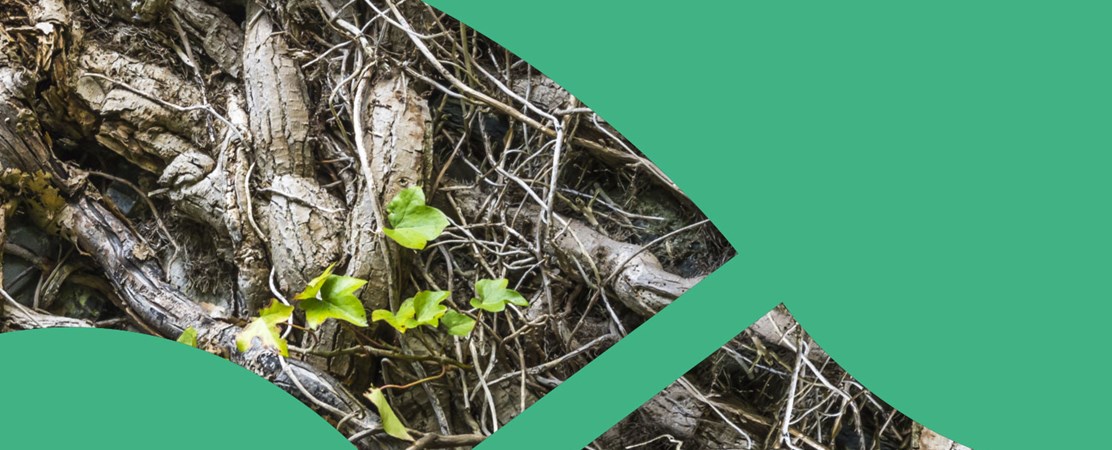Growing Connections Between Scotland and UArctic

By Richard Lochhead, Minister for Further Education, Higher Education and Science, Scottish Government
Scotland and UArctic share deep and long-standing links dating back to the inception of the network.
In 1997, the late Professor Bill Heal, then a researcher at the University of Edinburgh, chaired the international steering group tasked with developing the first feasibility study on an Arctic university. Four years later, when UArctic became a reality, the University of the Highlands and Islands was among its founding members. The University of Aberdeen followed suit in 2013.
In 2020, Glasgow Caledonian University initiated a new wave of Scottish enrolments, followed this year by another four prestigious institutions: St Andrews, Strathclyde, Edinburgh, and Robert Gordon. Scotland’s growing contingent is now the second largest non-Arctic group within the network.
The strong partnership that Scotland has established with UArctic is reflective of a deep understanding of Scottish-Arctic similarities. As the world’s northernmost non-Arctic nation, Scotland is directly affected by the profound and accelerating changes that are occurring in the region. Hosting Europe’s largest glaciology group (the Scottish University Research in Glacial Environments), and thanks to its global reputation in fields such as energy technologies, marine science, carbon capture storage and climate justice, Scotland is well equipped to inform fair, sustainable and research-driven responses to these changes.
But Scotland and the Arctic have much more in common than mere geographical proximity. Scotland has 96 inhabited islands, with population numbers often in the single digits. As much as 98% of our landmass is classified as rural, but it contains only 17% of our population, including some of the least densely populated areas in Europe. Pursuing knowledge exchange with international partners who face similar challenges is essential if we are to deliver increased resilience and wellbeing for our communities, no matter how rural. Notably, education and higher education provision in sparsely populated regions is in itself a crucial area for collaboration.
Like the Arctic, Scotland has also a proud multilingual tradition, a vibrant cultural heritage, and a rich natural environment. Together we can promote and protect our tangible and intangible resources in a way that is inclusive of Indigenous knowledge and encourages participation by local communities.
Reflecting on the issues and ambitions that we share with the Arctic region, in September 2019 the Scottish Government published Arctic Connections, Scotland’s first Arctic policy framework. The document aims to serve as a prospectus for greater cooperation and mutual learning, encouraging Scottish and Arctic partners to pool their expertise to develop joint solutions to common challenges.
The policy framework underlines the important role that increased Scottish participation in UArctic can play in cementing and informing Scottish-Arctic cooperation. We know that international exchanges are integral to the success of Scotland’s universities and colleges. A study of Scotland’s top international collaborating countries in research placed six Arctic states in our top twenty. Since 2000, institutions in Scotland have contributed to well over one thousand academic publications about the Arctic. Also, over 9,000 higher education students from Arctic nations studied in Scotland in the 2019/20 academic year.
It is therefore inspiring to see our partnership with UArctic go from strength to strength.
The deep and multifaceted effects of the pandemic have made transnational research efforts all the more crucial. From informing a green recovery from COVID-19 and developing digital health solutions, to promoting mental wellbeing and improving connectivity, there is a lot Scotland and the Arctic region can learn from each other, and even more that we can achieve together.
Happy 20th anniversary to UArctic! Scotland has been a committed partner throughout the last two decades. Together, we can look forward to an even stronger partnership in years to come.
